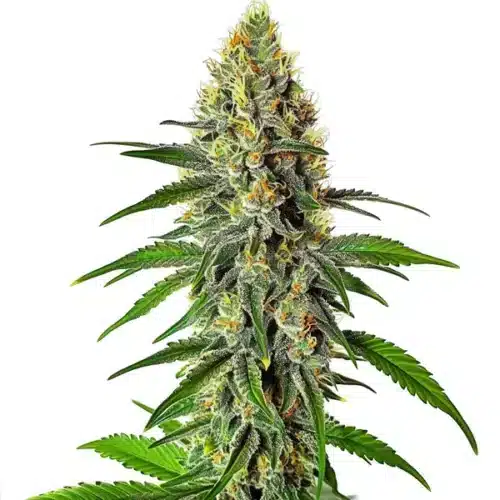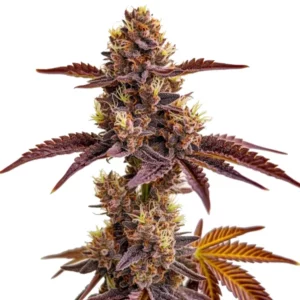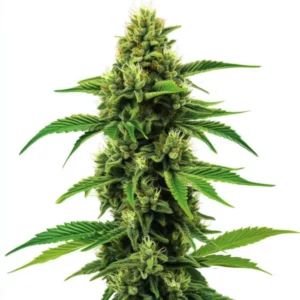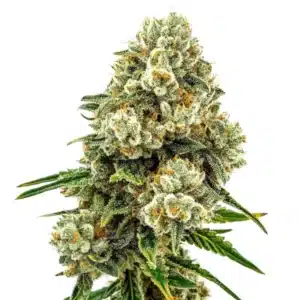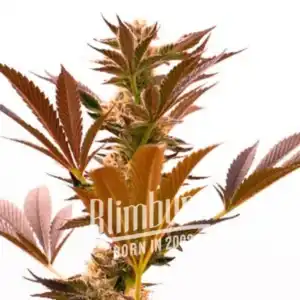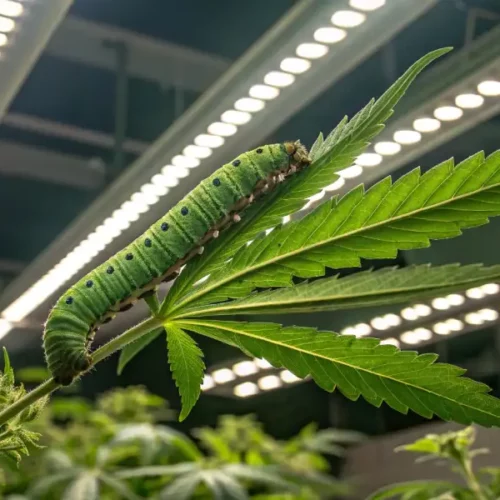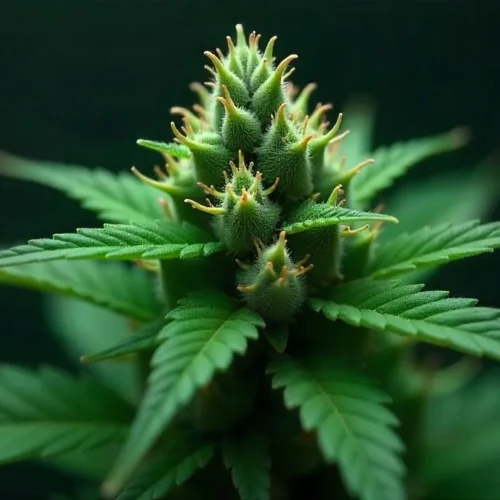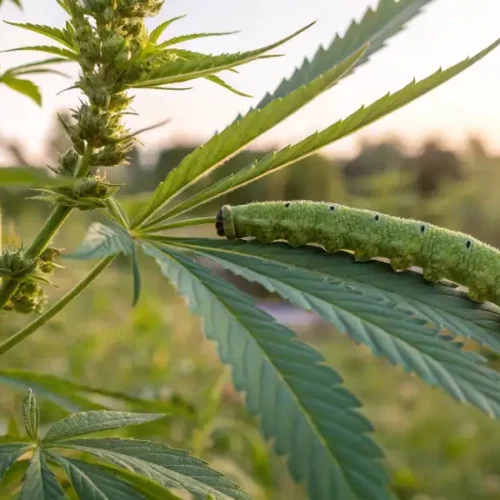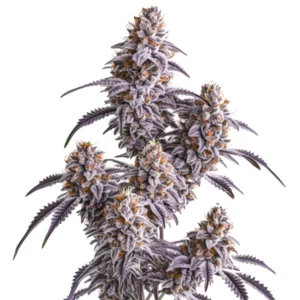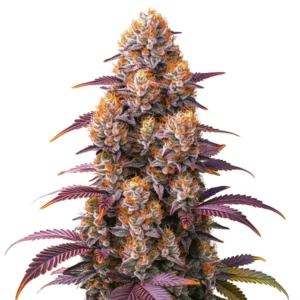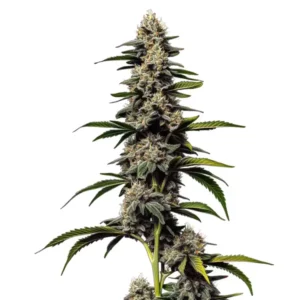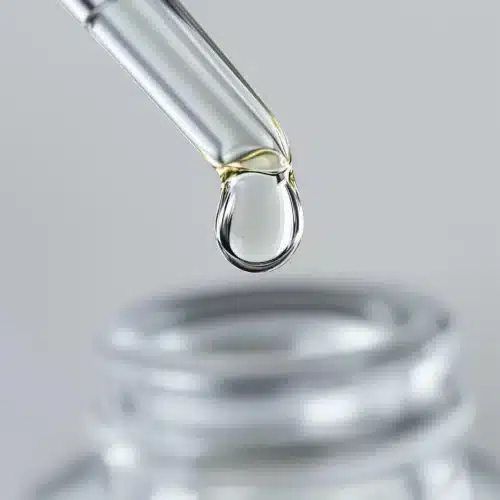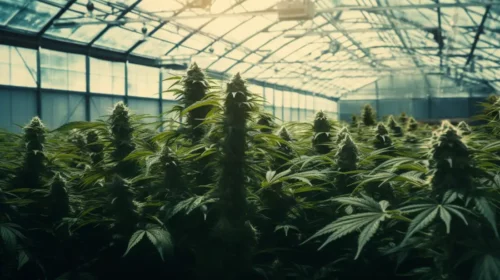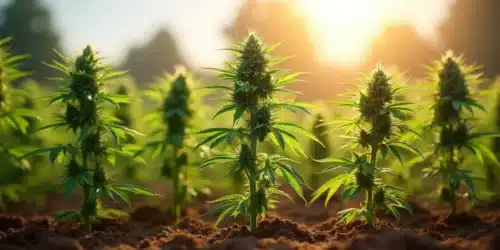Cannabis plants are mysterious and beautiful, but when you notice your cannabis leaves turning white, it can be quite alarming. This change can signal underlying issues that need your attention. Whether you’re a seasoned expert or new to the world of cannabis cultivation, recognizing and addressing any changes in your plants is crucial for their health and vitality.
In this guide, we’ll explore the common reasons why your cannabis plants may be exhibiting these alarming signs, delve into the details of effective remedies, and provide practical tips to ensure your plants are thriving and healthy.
Recommended Strains
Cherry AK
 THC: 15 - 25%
THC: 15 - 25% Type of seed: Feminized
Type of seed: Feminized Phenotype: Mostly Sativa
Phenotype: Mostly Sativa Day to flower: 8 - 10 weeks
Day to flower: 8 - 10 weeks
Cherry Alien Auto
 THC: 18% - 20%
THC: 18% - 20% Type of seed: Autoflowering
Type of seed: Autoflowering Phenotype: Mostly Indica
Phenotype: Mostly Indica Day to flower: 8 - 10 weeks
Day to flower: 8 - 10 weeks
Causes of White Leaves in Cannabis Plants
Knowing the reasons behind your cannabis leaves turning white can empower you to take corrective action before the problem escalates. Several factors can contribute to this distressing phenomenon, and identifying the root cause is vital for your plants’ well-being.
These factors can range from environmental stressors to biological challenges. Fortunately, with a bit of knowledge and timely intervention, many of these issues can be addressed effectively, restoring your plants to their thriving state.
- Light Burn: Intense light can lead to bleaching, especially if the light is too close.
- Pest Infestation: Certain pests, like spider mites, can suck the chlorophyll from leaves, causing them to pale.
- Nutrient Deficiency: A lack of essential nutrients can result in leaves losing their vibrant green color.
- Powdery Mildew: This fungal disease often leaves a white residue on leaves, making them appear white or mottled.
Light Burn in Depth
Light burn is a common issue that many growers encounter in their cultivation journey. When light sources are too powerful or positioned too close to the plants, the leaves can become bleached. This condition often occurs in indoor settings where growers utilize high-intensity lights. You’ll likely notice the leaves near the light source turning white, while the lower leaves retain their rich green color.
To safeguard your plants from light burn, consider adjusting the distance between your lights and the plant canopy. A recommended distance of 12 to 24 inches can help mitigate this risk, depending on the lighting type. Regular observation of your plants can aid in catching this issue early, allowing for swift adjustments that promote optimal growth.
Pest Infestation: A Hidden Threat
Pests like spider mites and thrips can cause significant damage to cannabis plants. These tiny insects thrive by feeding on plant sap, disrupting the flow of nutrients and moisture. As a result, the leaves may start to lose their color and vitality. Since these pests can be elusive, it’s essential to conduct thorough inspections of your plants, especially underneath their leaves.
If you notice signs of pests, like tiny webs or stippling on leaves, it’s crucial to act swiftly. Utilizing a mild soap solution or neem oil can be effective in deterring these pests, as they are both natural and gentle on plants. Staying vigilant and regularly monitoring your plants for stress signs can prevent a minor pest issue from escalating into a significant problem.
Promos & Deals
Nutrient Deficiencies Affecting Leaf Color
Nutrient deficiencies can have a profound impact on the color and health of your cannabis leaves. The plants require a diverse array of nutrients to grow vibrantly. A deficiency in nitrogen, magnesium, or iron can lead to white or yellowing leaves, signaling that your plants may be in need of nutritional replenishment.
Each nutrient plays a unique role in plant health. By recognizing these roles and the symptoms of deficiencies, you can better cater to the needs of your plants. This knowledge also empowers you to make informed decisions that enhance the overall growing experience.
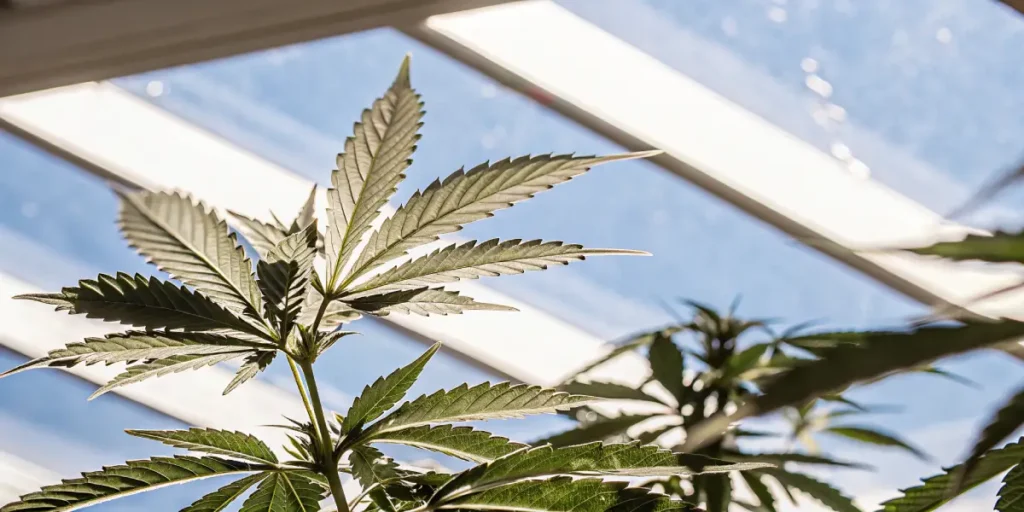
- Nitrogen Deficiency: Typically results in yellowing leaves, but in advanced cases, this can also lead to a paler appearance.
- Magnesium Deficiency: Characterized by yellow or white spots developing between the veins of the leaves.
- Iron Deficiency: Often causes yellowing in younger leaves, which can sometimes take on a whitish hue.
Addressing Nutrient Deficiencies
If you suspect a nutrient deficiency, you can take proactive steps to replenish your plants. Providing the necessary fertilizers can help restore vital nutrients to the soil. Opting for a well-balanced, organic fertilizer can significantly enhance your plants’ growth and recovery from deficiencies.
Additionally, consider testing your soil to identify which nutrients may be lacking. Many garden supply stores offer soil testing kits that can provide valuable insights. By identifying the specific needs of your plants, you can tailor your care routine to promote healthier growth and sustain robust foliage.
Signs of Powdery Mildew
Powdery mildew is another common challenge that can result in leaves appearing white. This fungal infection thrives in warm, humid environments, making it especially prevalent in indoor gardens or areas with high moisture levels. The first indications are typically white, powdery spots on the leaves, which can spread rapidly if left unchecked.
Preventing powdery mildew involves maintaining good air circulation around your plants and carefully controlling humidity levels. If you discover powdery mildew, it’s essential to act quickly, with treatments like hydrogen peroxide sprays or specialized fungicides available to help mitigate this issue.
Practical Solutions for White Leaves
Encountering issues like cannabis leaves turning white can be overwhelming, but there are practical solutions available to help your plants bounce back. Taking timely actions upon noticing changes can promote a healthier growing environment.
Begin by evaluating your growing environment. Assess the distance between your light sources and the plants while ensuring adequate ventilation. Revisiting your watering and feeding schedule can also guarantee your plants are receiving the nutrients they need. Making informed adjustments based on your discoveries can foster recovery and growth.
- Maintain a consistent light distance to prevent light burn.
- Inspect your plants regularly for signs of pests.
- Consider soil testing to identify potential nutrient deficiencies.
- Monitor humidity levels to deter powdery mildew.
Creating a Balanced Environment
Establishing an optimal growing environment is essential for the health of your cannabis plants. Pay close attention to temperature, humidity, and airflow. Utilizing fans can significantly enhance air circulation, reducing the likelihood of powdery mildew by keeping leaves dry and healthy. Striving for a humidity level between 40-60% is generally ideal during the vegetative stage.
Consider investing in a hygrometer to accurately monitor humidity levels. By regularly checking and adjusting these environmental factors, you can make a substantial difference in plant health, assisting in the prevention of the common issue of leaves turning white.
Regular Maintenance Matters
Consistent maintenance practices, such as pruning and keeping your grow area tidy, can be effective in preventing various health issues. A clean growing space minimizes the chances of pests and diseases taking hold. Pruning not only improves air circulation but also allows your plants to direct their energy toward growth in a more focused manner.
Additionally, creating a maintenance schedule can help ensure that you’re consistently caring for your plants, allowing you to catch potential problems early. Regular attention can lead to a thriving garden and a rewarding cultivation experience.
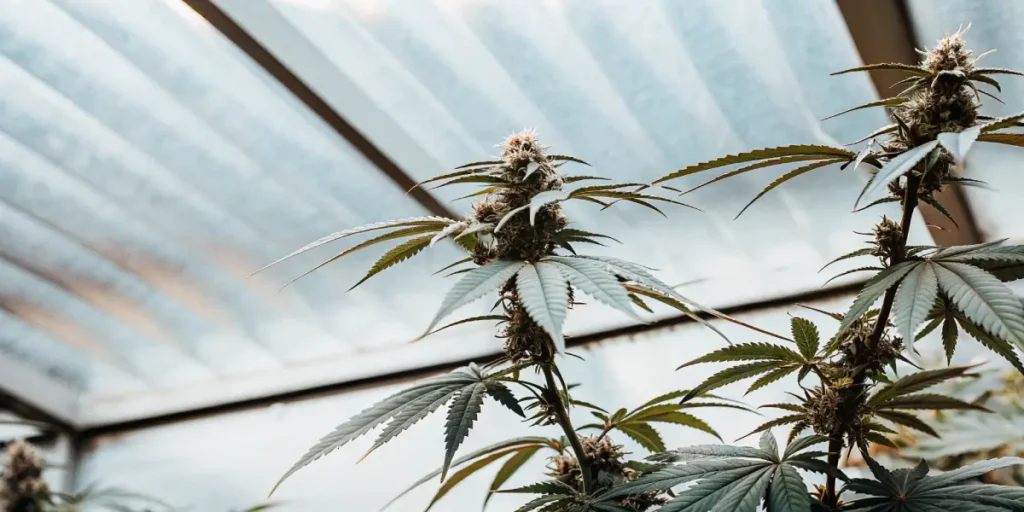
Frequently Asked Questions
What should I do if my cannabis leaves are turning white?
The first step is to identify the underlying cause. Examine your plants for signs of light burn, pests, nutrient deficiencies, or powdery mildew. Once you determine the specific issue, you can take appropriate measures, such as adjusting light height or treating for pests, to help your plants recover.
How can I tell if my plant has a nutrient deficiency?
Nutrient deficiencies often present themselves through discoloration, such as yellowing or white spots on the leaves. Conducting soil tests can reveal which nutrients may be inadequate, allowing you to select fertilizers that address the specific needs of your plants.
Can I prevent powdery mildew?
Yes! Prevention is possible by maintaining good air circulation, controlling humidity levels, and ensuring proper spacing between plants. Additionally, regularly inspecting plants for early signs of mildew can aid in prompt interventions and effective management.
Is light burn reversible?
Yes! If you catch light burn early, adjusting the light source can help your plants recover. However, severely bleached leaves may not return to their original color, but they can still continue to grow and thrive with proper care.

